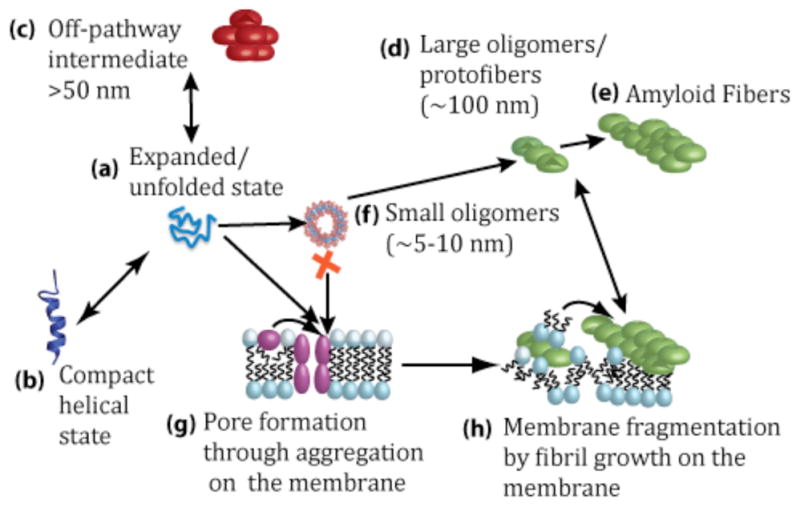Figure 5. Hypothetical mechanism for membrane disruption by IAPP.

In solution, IAPP initially exists in equilibrium between expanded (a) and compact (b) monomer states as well as disordered large aggregates (c). In solution, IAPP aggregates rapidly to form amyloid fibers (d) and (e), likely through a helical intermediate (b). Small oligomers (f) are rapidly converted to large oligomers (d). Alternatively, the monomeric IAPP can bind to the membrane and aggregate to form pores (g). Continued aggregation results in amyloid formation and membrane fragmentation (h). Drawing is not to scale. Adapted from reference 23.
